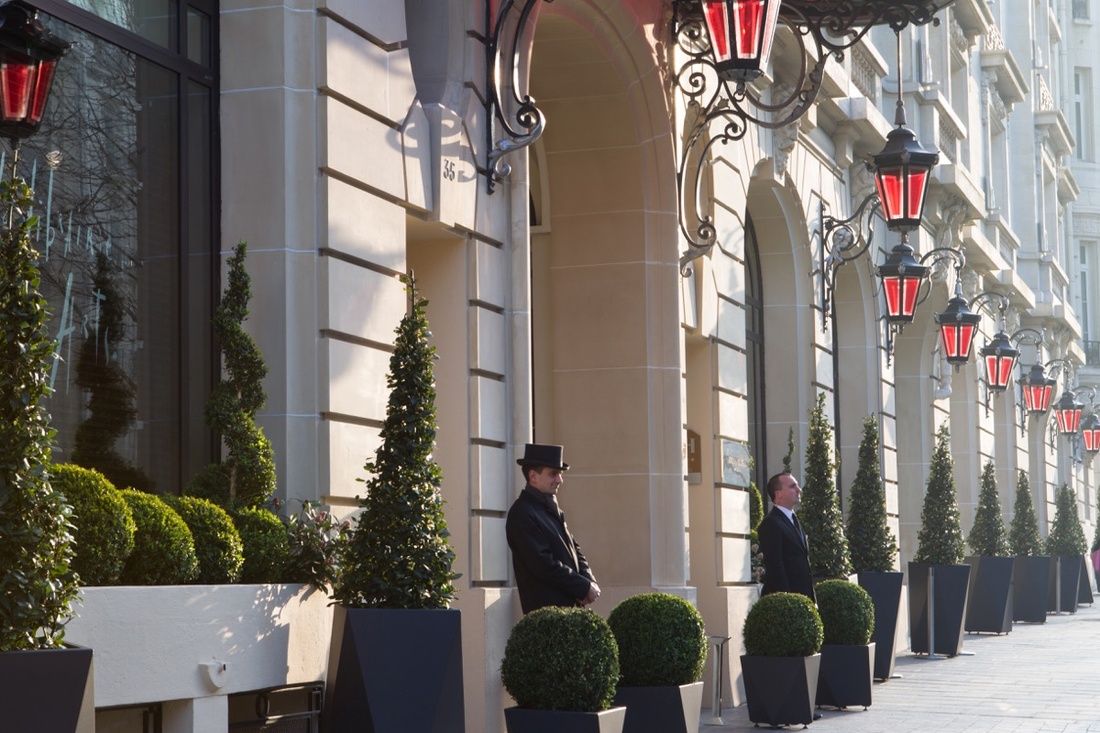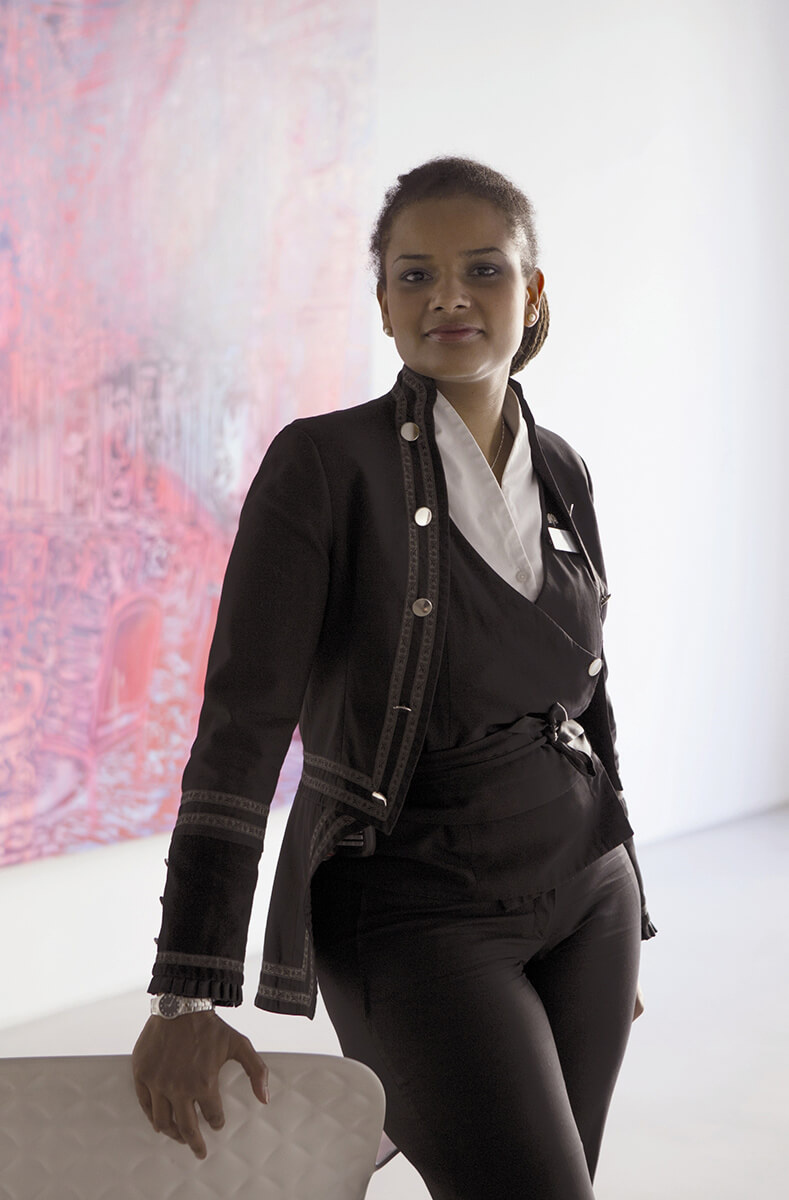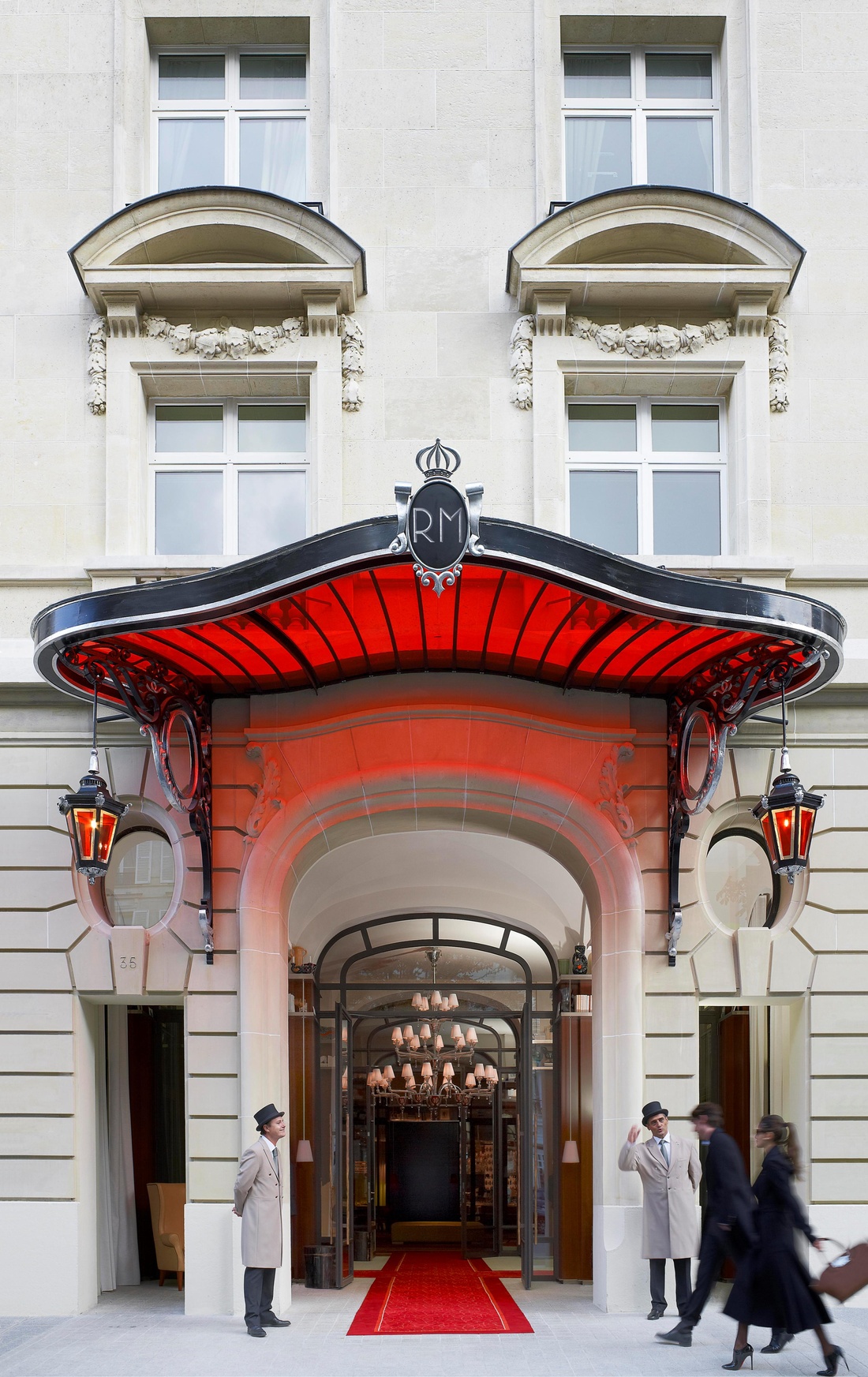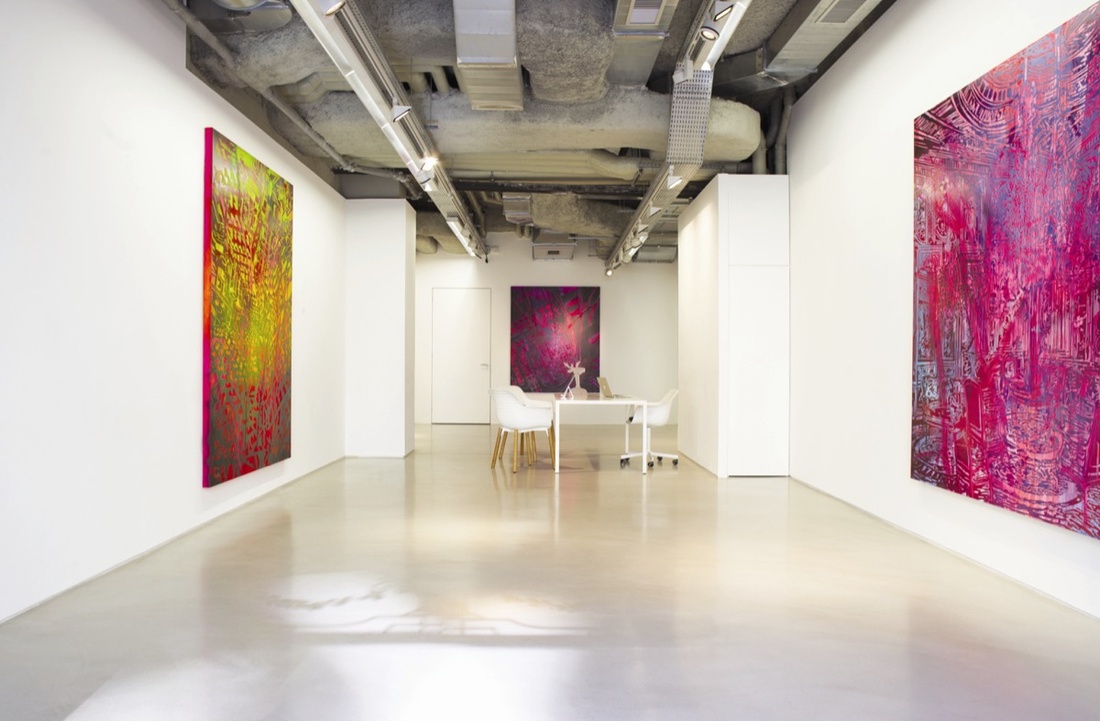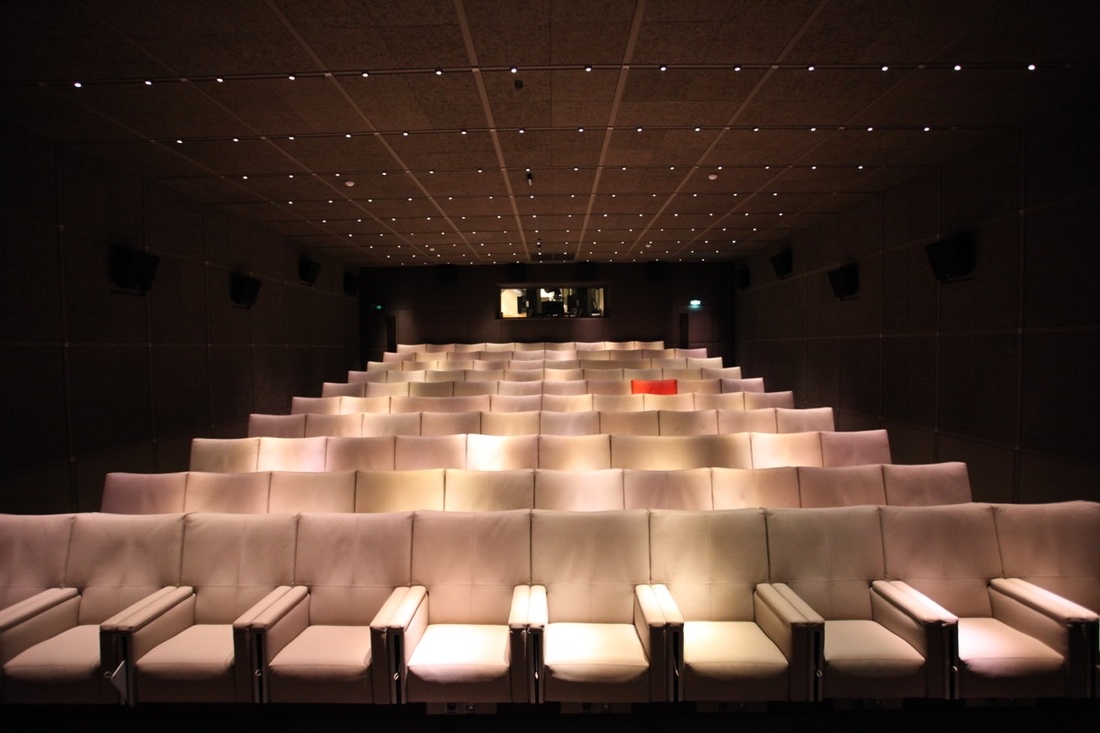The 51st edition of Art Cologne opened today with 200 galleries from 28 countries exhibiting at the Koelnmesse through Saturday. Thirty-nine of those galleries are new to the fair this year, including international figures
Gagosian,
White Cube,
David Kordansky, and
Daniel Templon.
For the first time, Art Cologne falls during the same weekend as Gallery Weekend Berlin — a boon for international visitors, but a coincidence that initially caused a rift between key members of the two cities’ sometimes-rivaling art scenes. That tension proved productive, however, leading Art Cologne director Daniel Hug and Gallery Weekend Berlin and abc art berlin contemporary director Maike Cruse to hatch a plan for the Koelnmesse to acquire abc—and for Cruse and Hug together to revamp the September fair.
Here, Hug discusses their decision to bring the two art scenes together, changes at the world’s oldest art fair, and why Germany’s stability is as beneficial to the art market as it is to geopolitics.
Alexander Forbes: What’s next for the fair after passing its 50th birthday, a major milestone?
Daniel Hug: That was a turning point. We had the chance to rethink everything. We’ve taken a look at what we’ve accomplished over the last 50 years but also at the current economic situation and the role of art fairs. I spent the last eight years trying to bring the fair back to basics, to bring the old glamour and position back to Art Cologne. I focused on our history, and made an effort to reach out to specific exhibitors like
Galerie Hans Mayer and
Michael Werner, people who were historically associated with the fair. With last year’s edition, we really reached that point, we brought it back.
Now, we have to bring the fair into the 21st century; we can’t always just look back and say that Art Cologne exists because of its great history. I wanted to have a new beginning, a restart. Part of that was starting Neumarkt, to address and take seriously the cool, informed, young generation of galleries but also to broaden the field of who’s included in that conversation. We also wanted to offer galleries the option of a smaller booth to do a solo presentation without adding another section to the fair.
AF: The competitive landscape for fairs in this region is getting more crowded, whether that’s the MCH Group initiating Art Düsseldorf or the late stage negotiations Art Cologne’s parent company is involved in to buy abc. Meanwhile galleries are having to be more conservative about how many fairs they’re participating in, based on where the market is at the moment. Is that all sustainable?
DH: It’s not a good time to make a new art fair. It adds more pressure and stress to the galleries. But the idea with Berlin is basically improving a pre-existing art fair. It’s working with the galleries and with abc, bringing in our expertise as fair organizers and making Art Berlin work as a fair. A big problem with the art world is that you can’t systematize it. The art world is an irrational place: Artists are irrational, art is irrational. And what works well in one region will not necessarily work in another region. We’ve figured out what works in Cologne. Now we have to figure out what works in Berlin.
One thing that we have learned is that a lot of what makes a fair successful has to do with diversity. Art fairs are really about inclusion. The whole idea of doing a fair is about getting as many interested people involved and together as possible. If you exclude too many galleries from this or that category, the fair becomes too limited in its scope and in how many people it reaches. There’s a fine line there.
Regional fairs have tended to not survive because they can’t bring in large enough audiences. In this particular region, however, we have a unique situation. Think about it this way: To get from Canada to Mexico, you have to cross the United States and take a flight that’s maybe seven or eight hours long. To get from Belgium to Germany, it takes basically an hour and a half, driving. So geographically, there is a high concentration of fairs but also of people, so there is more room for more fairs to survive.
AF: What was attractive about revamping a fair in Berlin?
DH: Berlin has this image of “poor, but sexy,” which is actually wrong. If you think about it, a lot of the bigger galleries in Berlin basically export artists to the rest of the world and operate on a very global level. But, officially there are supposed to be 400 galleries in the city; by my own count there are about 250, of which 130 or 140 are interesting, in terms of galleries that could potentially be an Art Cologne exhibitor.
These 130 galleries do not all sell on a global level or even on a huge national level. Most of them sell locally. That means there are collectors in Berlin—and collectors that matter. Some of the young galleries I spoke to in Berlin said there are a number of new, young collectors in Berlin who are really buying, coming out of the IT and startup scene in Berlin. There’s huge potential there that hasn’t been used to its optimum.
AF: What do you think you can offer that will make the fair succeed where Art Forum Berlin and, to a certain extent, even abc ultimately didn’t?
DH: Art Forum had great success in the beginning when the important Berlin galleries were doing it. It was the advent of Frieze that really put an end to that. It really stole the show. But it’s time for a new model for an art fair in Berlin. And with the overlap of Art Cologne and Gallery Weekend Berlin, it started an interesting dialogue.
We’re still in discussions but both sides would like to see this happen, and we’ve settled on a few key pieces of the concept: It should be 90 to 130 galleries; it should take place in both halls of Station Berlin; the booths should be on the smaller end, starting at 20 square meters, 40 square meters, 60 square meters, and a few exceptions at 80 square meters. On one hand it has to be a totally normal art fair, encompassing everything that Art Cologne is; that’s what Berlin needs. But, on the other hand, it shouldn’t lose the innovative platform that abc has been so far. It really has to surprise. It’s not like building Art Cologne back up again. Berlin has a great reputation. And there are huge expectations that come with that.
AF: We’ve seen a lot of contraction of the younger gallery scene in New York and London with spaces like Limoncello, which was supposed to be at Art Cologne, closing in the past few months. Are things still stable?
DH: Yeah. You know, galleries won’t have sales for several months but then will sell 12 pieces in one month. It comes and goes but it’s what I’ve said from the beginning, the Germans love art and buying art for art’s sake. They’re not necessarily investing and speculating. There are very few art consultants in Germany, whereas in the U.S. it’s mostly art consultants. So it’s kind of a different market altogether.
The art market grows and contracts, and grows and contracts. Generational shifts occur. But Germany just has a very long tradition of buying and selling art, of collecting art. And I think the fact that there are over 200 Kunstvereins, 500 significant galleries, that every city has a major museum, it means that this tradition can’t help but continue, even if the market crashes.
—Alexander Forbes



































